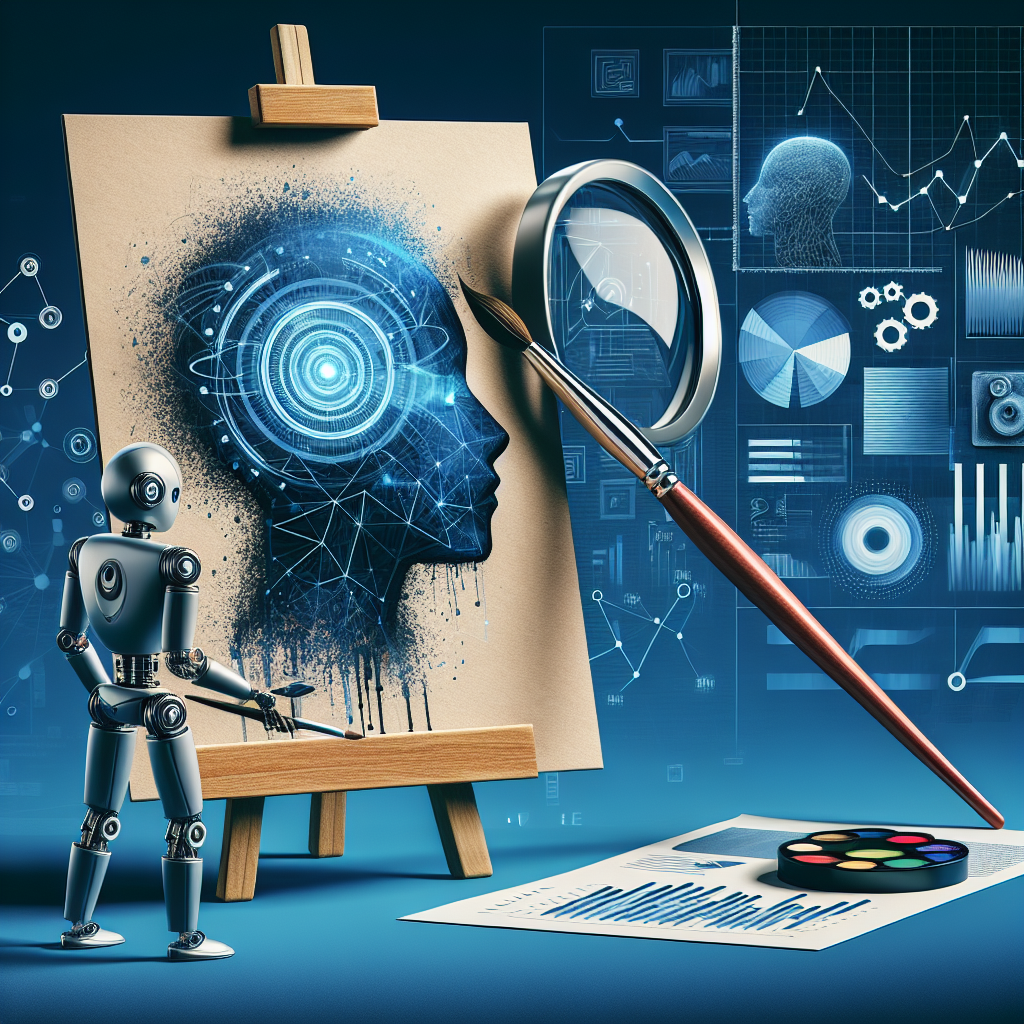Artificial intelligence (AI) has been revolutionizing various industries, from healthcare to finance, and now it is making its mark on the creative process. Through machine learning algorithms and deep learning techniques, AI is being used to generate art, music, and even literature. This has sparked a debate about the role of AI in the creative process and its implications for artists and creators.
The latest research in the field of AI and the creative process sheds light on the potential of AI to enhance creativity and inspire new forms of artistic expression. Researchers are exploring how AI can be used as a tool to assist artists in their creative process, as well as how it can act as a collaborator, pushing the boundaries of what is possible in terms of creativity.
One of the key areas of research in AI and the creative process is the development of generative adversarial networks (GANs). GANs are a type of machine learning algorithm that can generate new content by learning from existing data. This technology has been used to create realistic images, music, and even text that is indistinguishable from human-created content.
Another area of research is the use of AI to analyze and interpret existing works of art. By analyzing patterns in art, AI can identify trends and help artists understand their own creative process better. This can lead to new insights and ideas, sparking new directions in artistic expression.
AI is also being used to enhance the creative process in more practical ways. For example, AI can be used to automate repetitive tasks, such as color correction or image editing, allowing artists to focus on more creative aspects of their work. AI can also be used to generate ideas or provide suggestions for improving a piece of art, acting as a virtual collaborator.
Despite the potential benefits of AI in the creative process, there are also concerns about its impact on artistic expression and the role of the artist. Some critics argue that AI-generated art lacks the emotional depth and personal touch that human-created art has. They worry that AI could replace human artists and diminish the value of creativity.
However, proponents of AI in the creative process argue that AI can enhance human creativity, rather than replace it. By providing new tools and techniques, AI can help artists push the boundaries of what is possible and explore new forms of expression. AI can also democratize the creative process, making it more accessible to a wider range of people.
Ultimately, the relationship between AI and the creative process is complex and multifaceted. As AI continues to advance, it will be important for artists and creators to embrace new technologies and explore new possibilities for artistic expression.
FAQs:
Q: Can AI truly be creative?
A: While AI can generate new content and mimic human creativity, some argue that true creativity requires emotional depth and personal experience, which AI lacks. However, AI can be a powerful tool for enhancing creativity and inspiring new forms of artistic expression.
Q: Will AI replace human artists?
A: AI has the potential to automate certain tasks and assist artists in the creative process, but it is unlikely to replace human artists entirely. Instead, AI can enhance human creativity and push the boundaries of what is possible in terms of artistic expression.
Q: How can artists benefit from AI in the creative process?
A: AI can be used to automate repetitive tasks, analyze and interpret existing works of art, generate new ideas, and provide suggestions for improving a piece of art. By embracing AI as a tool, artists can enhance their creativity and explore new possibilities for artistic expression.
Q: What are the ethical implications of using AI in the creative process?
A: There are ethical concerns about the potential for AI to plagiarize or copy existing works of art, as well as questions about the role of the artist in the creative process. It will be important for artists and creators to consider these ethical implications as they incorporate AI into their work.

